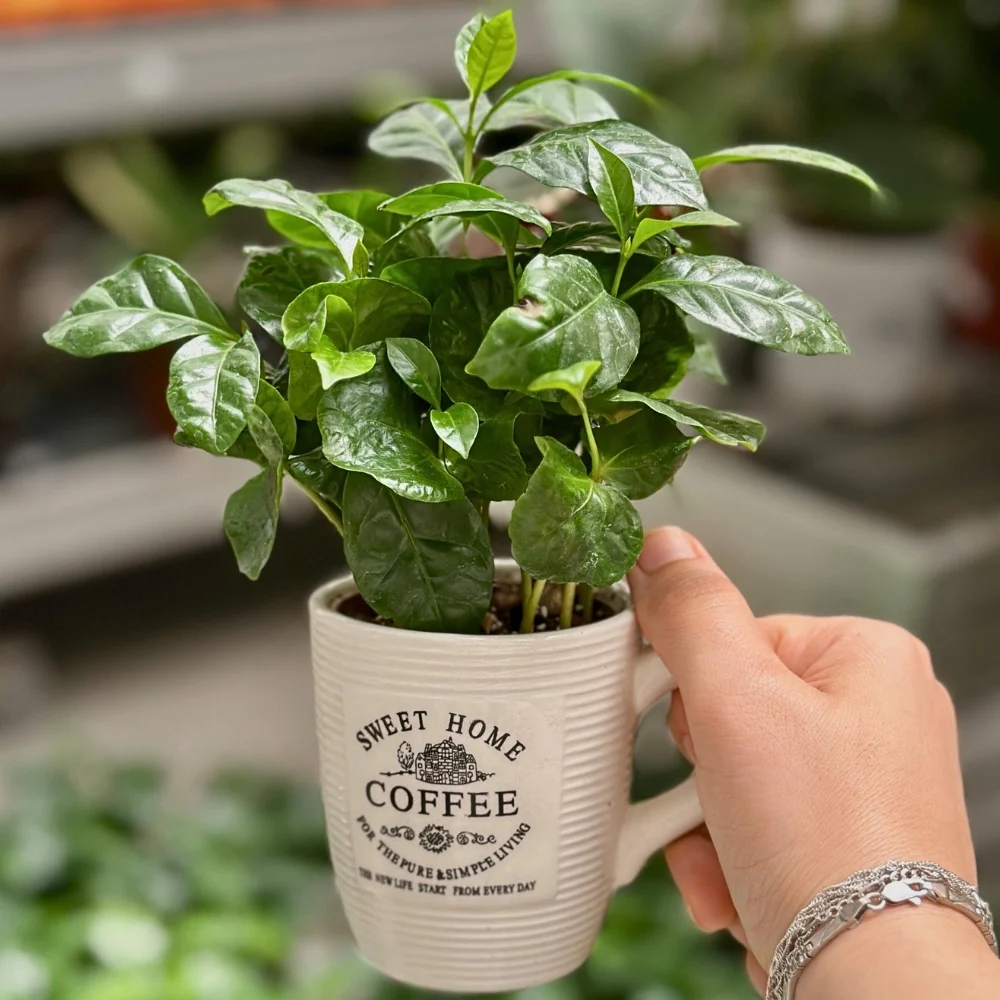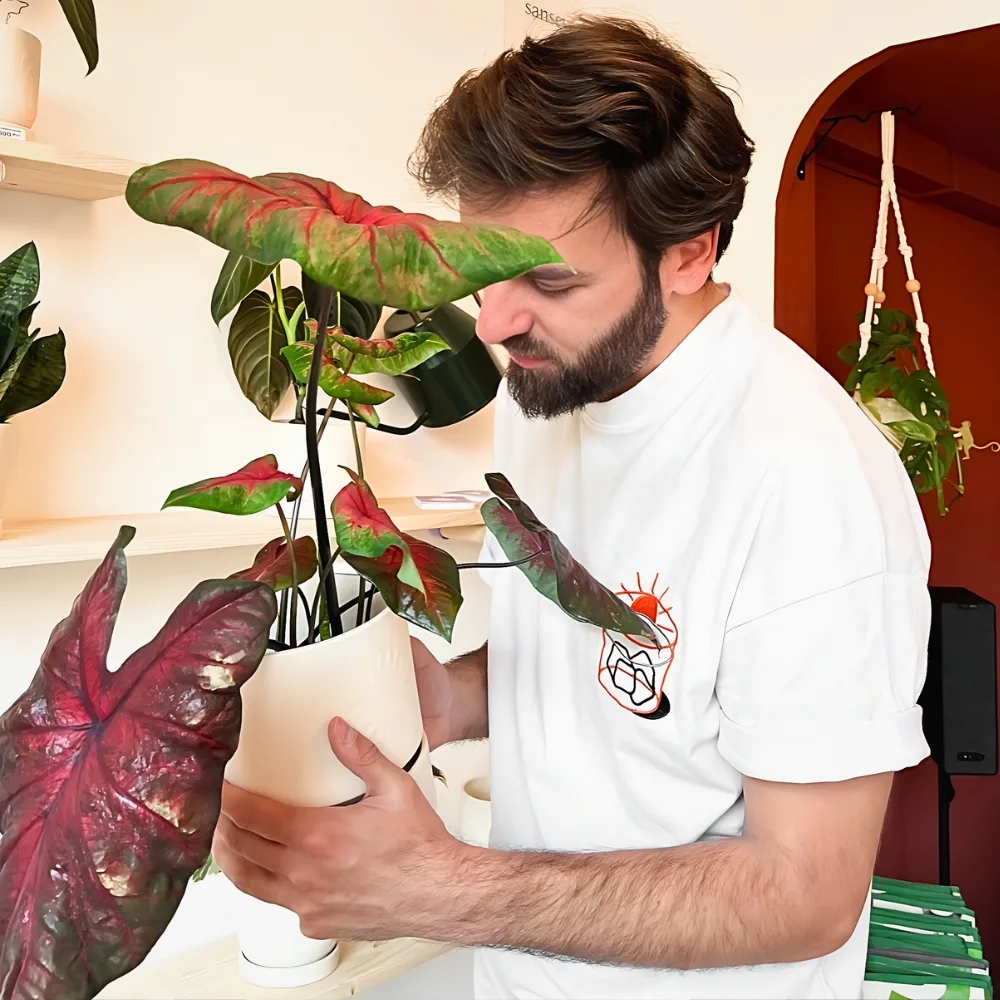Houseplants are a great way to bring life into your home. But what happens when you fall in love with your plant and want more of the same species? Or a particular houseplant now requires to be grown anew. Instead of constantly buying new plants, many plant parents try their luck with propagating their houseplants by themselves. And before they know it, they will actually be enjoying the process and loving to see new plant babies come to life.
Propagating houseplants is an affordable and satisfying way to multiply and grow one's collection. From the root division of Sansevierias to stem cuttings of Pothos, the easy options for propagation are numerous. Cuttings, root division, and pups are the three main ways to increase the number of your houseplants without buying them. It is, therefore, ideal to examine these processes, and the easiest such plants to propagate.
Propagating Your Own Houseplants
Propagating houseplants by yourself isn't quite a daunting task. Using clean and sharp tools is crucial for success, no matter the method you choose. Timing is also essential, with spring being the best season for most plants due to the increased warmth and moisture that aids their growth.
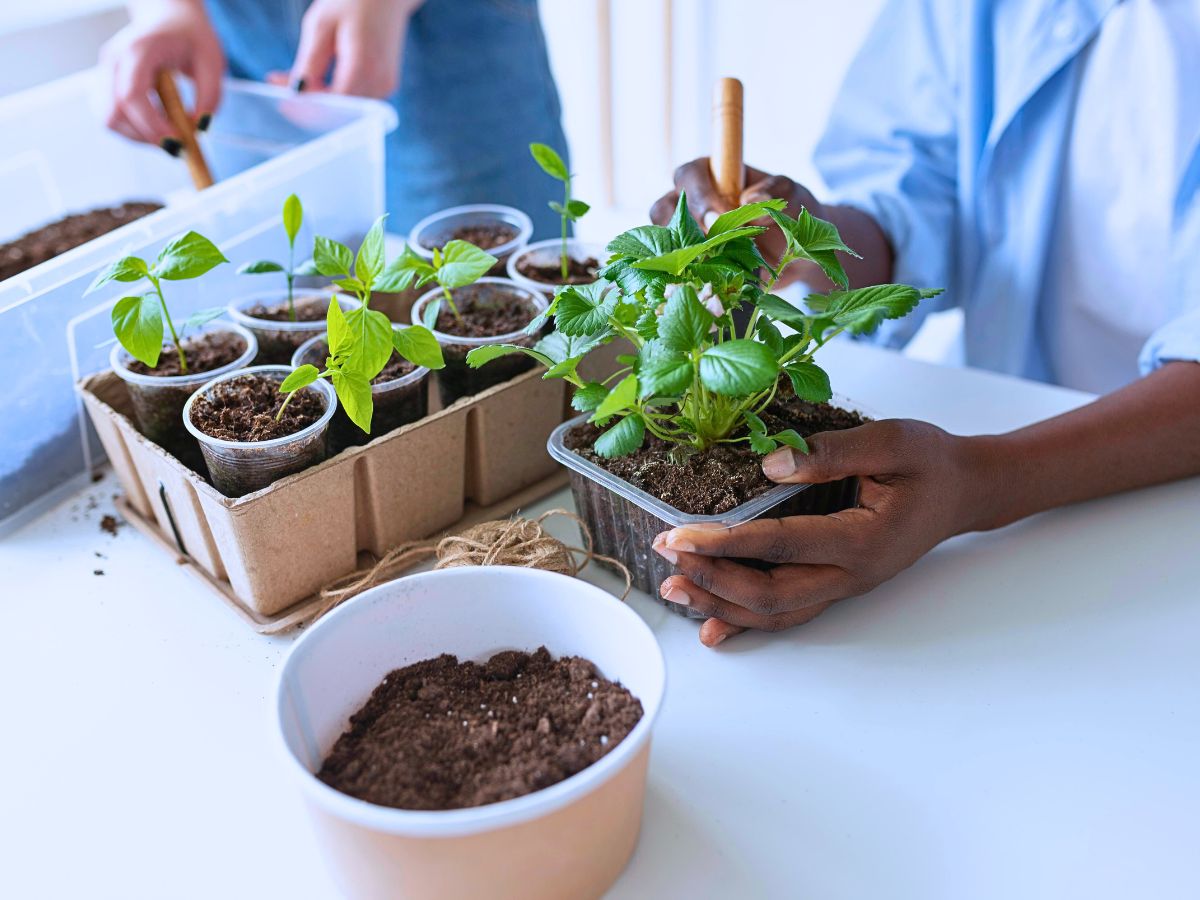
Photo by freepik
Houseplants You Can Easily Propagate
Houseplants can be propagated in numerous ways. While some of these propagation techniques demand a certain amount of experience and knowledge, others are a piece of cake even for beginners and black thumbs. If you’re ready to take your plant parenting to the next level, the delight of making plant babies will take you there. Let's dive into the top seven easiest houseplants to propagate and thrive — or not die — in your space.
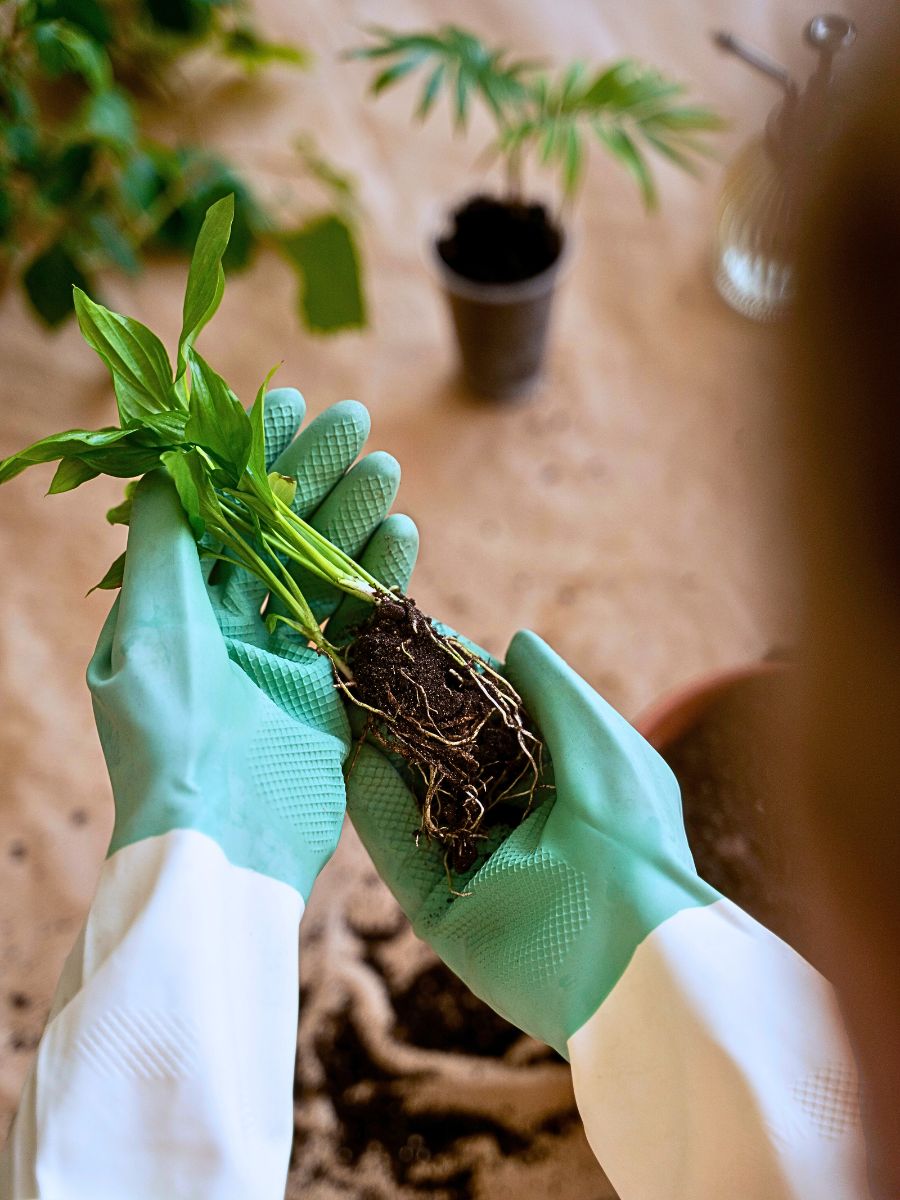
1. Epipremnum Aureum (Pothos)
Because Pothos plants are extremely hardy plants, there’s not much you can do wrong with it while propagating this strong leafy friend. Pothos roots incredibly well in water. So all you need to do to create some baby plants is to cut the vine just at a point below where a new leaf is coming out of the vine. Then, watch out for the nodes on your new cutting.
The nodes are essentially where the leaf is attached to the vine. Now, all that is left to do is to cut either side of the node. Simply put these cuttings in water and then wait. After about 2 to 4 weeks new roots should develop. When the roots are about 5 cm long, you can put the cuttings in a new pot with a fresh soil mixture.
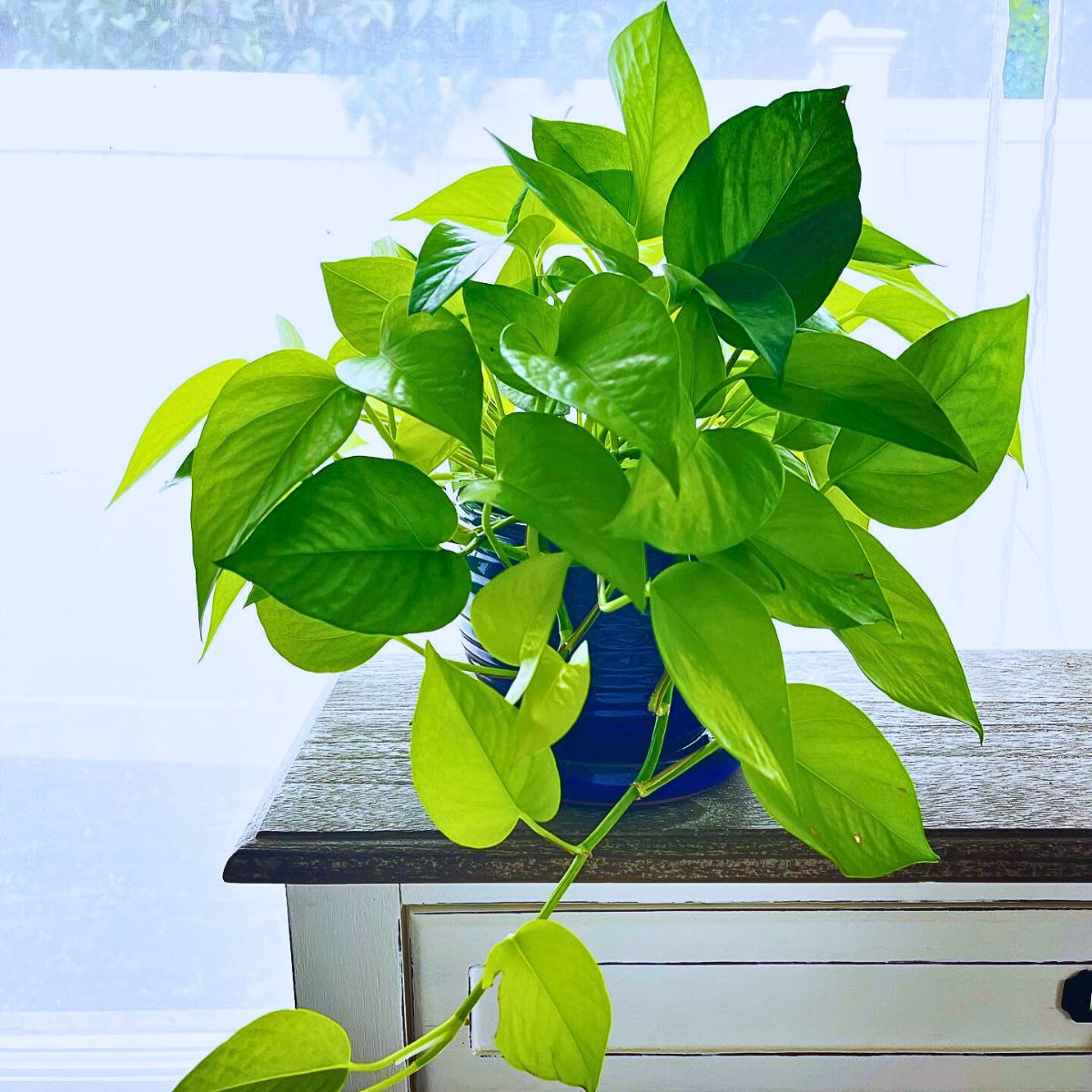
Photo by @thecontentedplant
2. Zamioculcas Zamiifolia (ZZ Plant)
Another hard-to-kill plant that is also very easy to propagate is the ZZ plant. One way of propagating a ZZ plant is by stem cuttings. You can put ZZ plant stem cuttings in the water and they will eventually create roots. However, this is certainly not the best way to propagate a ZZ plant, as this takes a long time.
ZZ plants have huge tubers and all you actually need to do to propagate them is to divide the houseplant in half and then repot it. If you already have a big plant, you can obviously also divide the plant into more than just two pieces to come up with numerous more plantlets.

Photo by @bwillowbmo
If you want to know about the key benefits of having the ZZ houseplant in your home, then the article 'The 3 Amazing Advantages of Zamioculcas Zamiifolia in Your Home' will give you more insights.
3. Ceropegia Woodii (String of Hearts)
This is yet another houseplant that is easy to propagate. Almost too easy, as this plant is actually “self-propagating.” A string of hearts plant can be either water-propagated or propagated directly in the soil. Both of these propagation techniques give great results but propagating the houseplant in water is a bit easier overall.
But, here's an interesting new hack to propagate your string of hearts — or string of pearls. It really is as easy as it gets. Let’s say you have your string of hearts planted in a hanging basket, then all you really need to do is to fill a new pot with your favorite potting soil and put that soil below your string of pearls, and layer the houseplant on top of the soil. Believe it or not, new roots will develop!
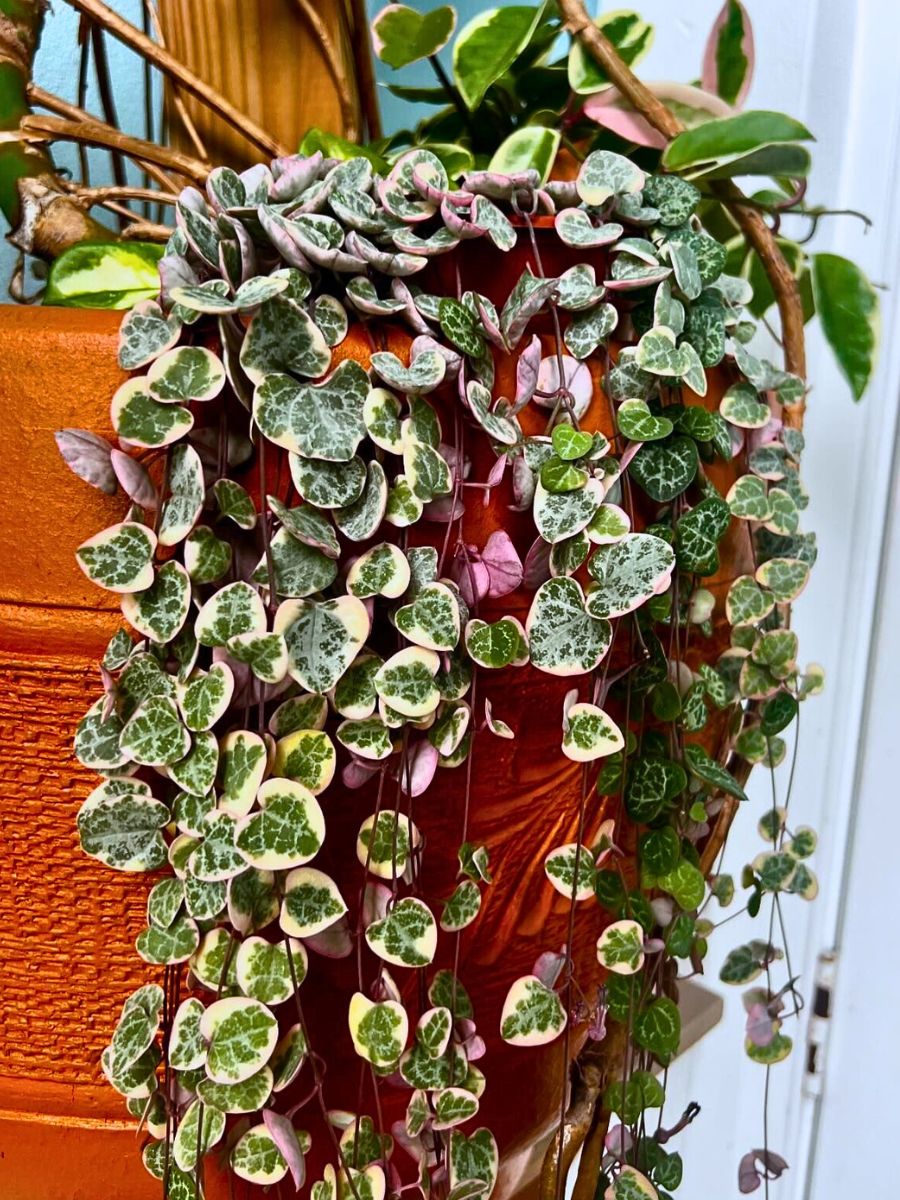
Photo by @agirlandherplanties
4. Senecious Radicans (String of Bananas)
This easy-to-grow plant can cascade beautifully over a bookshelf or dangle decoratively from a hanging basket. What's more, it is simple to propagate, making it a great way to fill your home with greenery. To propagate your own string of bananas, start by taking a cutting of around one inch (2.5 cm) with a few leaves on it. You can place this cutting in water, or after letting it dry, plant it in some well-draining soil.
For the latter, use a sharp knife or some scissors to trim a string off the main plant, and lay the cutting down on some paper towels to dry for a few days. Then, place the cutting in a pot with drainage holes and fill it with a mixture of cactus or succulent soil and perlite. Secure the cutting in place, ensure it has plenty of bright, indirect sunlight, and mist it with water for the first few days.
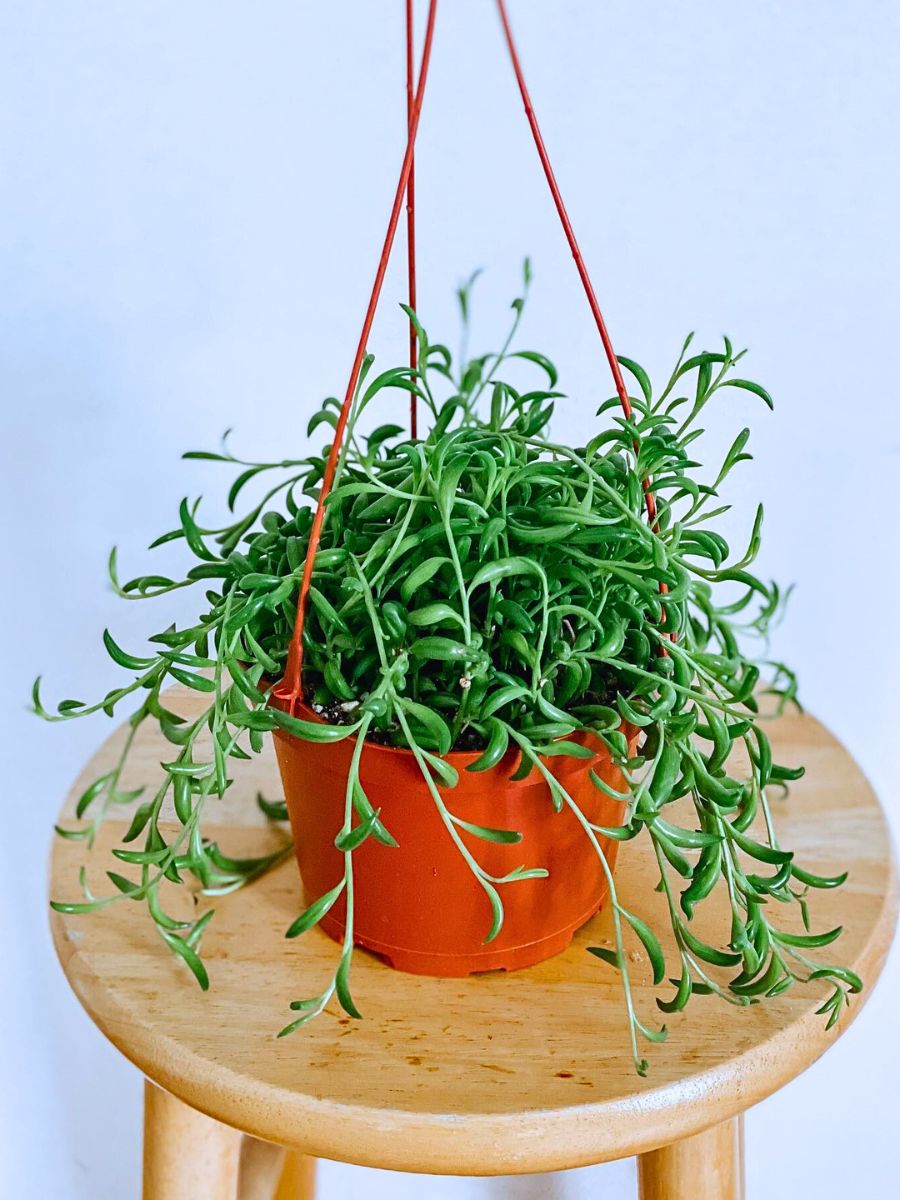
Photo by @emeraldhouseplants
Remember, the drier the soil, the better, so avoid overwatering. After a few weeks, the cutting will have developed roots, and you can water it as normal. An alternative method is to place the cutting in a see-through container of water, ensuring only the very bottom tip is submerged. Then, monitor the roots' progress by checking the container regularly. Once multiple new roots have formed, transfer the cutting to some soil, and follow the previously-mentioned care instructions.
5. Pilea Peperiomioides (Chinese Money Plant)
It doesn’t get much easier than propagating Pilea peperiomioides, also called the Chinese money plant, because this awesome plant actually does the job for you and simply propagates itself on its own. So all that is left for you to do is to wait until the plant is popping up babies on its own.

Photo by @plantsfromparis
When those babies are about two to three inches tall, just simply remove them and plant them in a new pot with new soil. Also, make sure that those new babies have enough root systems to support them. And with that, you will soon have other new Chinese money plants growing in your home. And, you can read more on how to care for your Chinese money plant in the article 'How to Care for Your Chinese Money Plant'
6. Sansevieria Trifasciata (Snake Plant)
All types of 'snake plants' can be propagated through division. To propagate by division, you carefully divide the plant using a secateurs. Propagating this Sansevieria houseplant through division is probably the easiest and fastest way, but certainly not the only way.
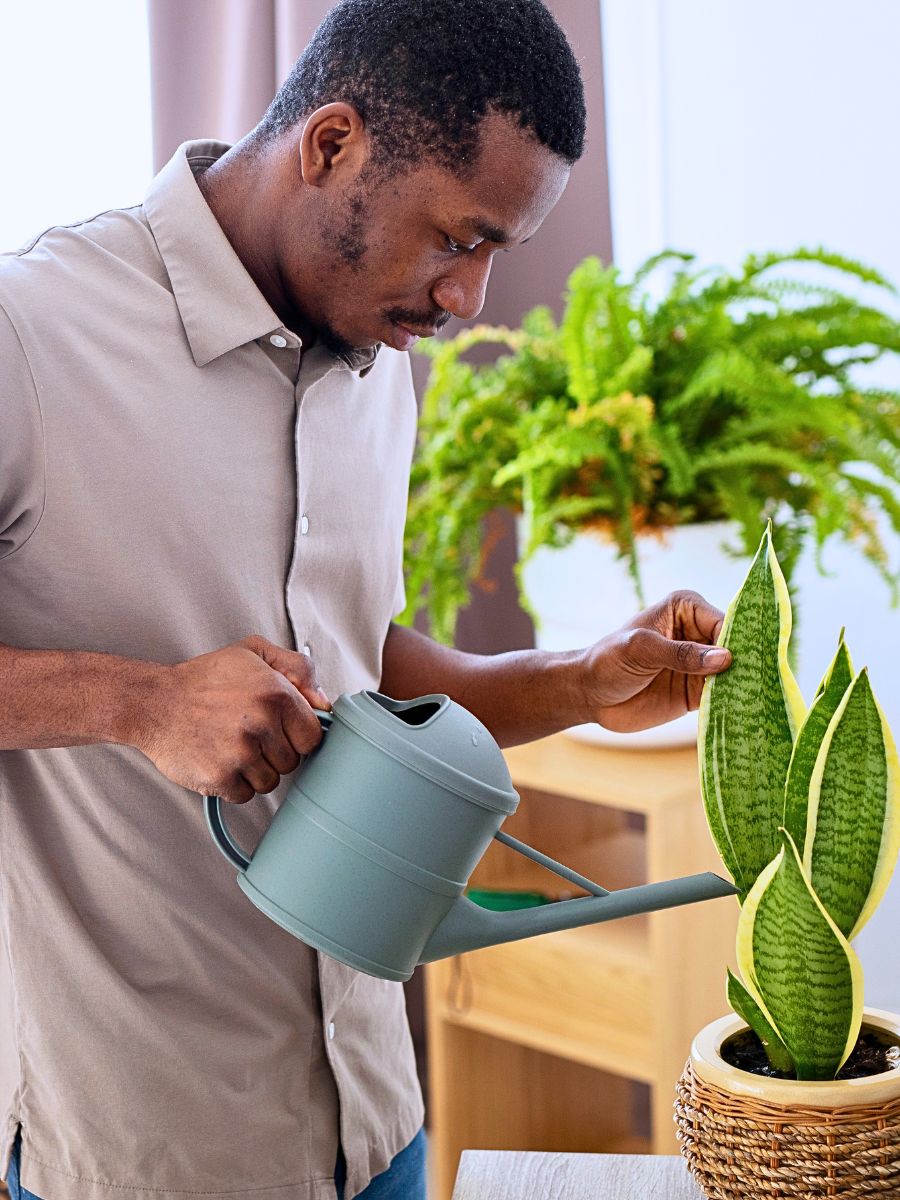
Photo by freepik
You can also go about propagating your Sansevieria through leaf cuttings. And that is easy too. All you need to do is take a Sansevieria leaf, put that in water, and then wait. It is really as simple as that. Once the leaf develops roots, you can transfer it to a new pot. Just so you know, these are some of the snake plant varieties you can invest in to add to your collection.
7. Chlorophytum Comosum (Spider Plant)
More often than not, plants that are considered low-maintenance, such as the spider plant, are also very easy to propagate. This definitely holds the truth with the spider plant. There are three ways to propagate a spider plant: by root division, from seeds, or by simply rooting plant babies.
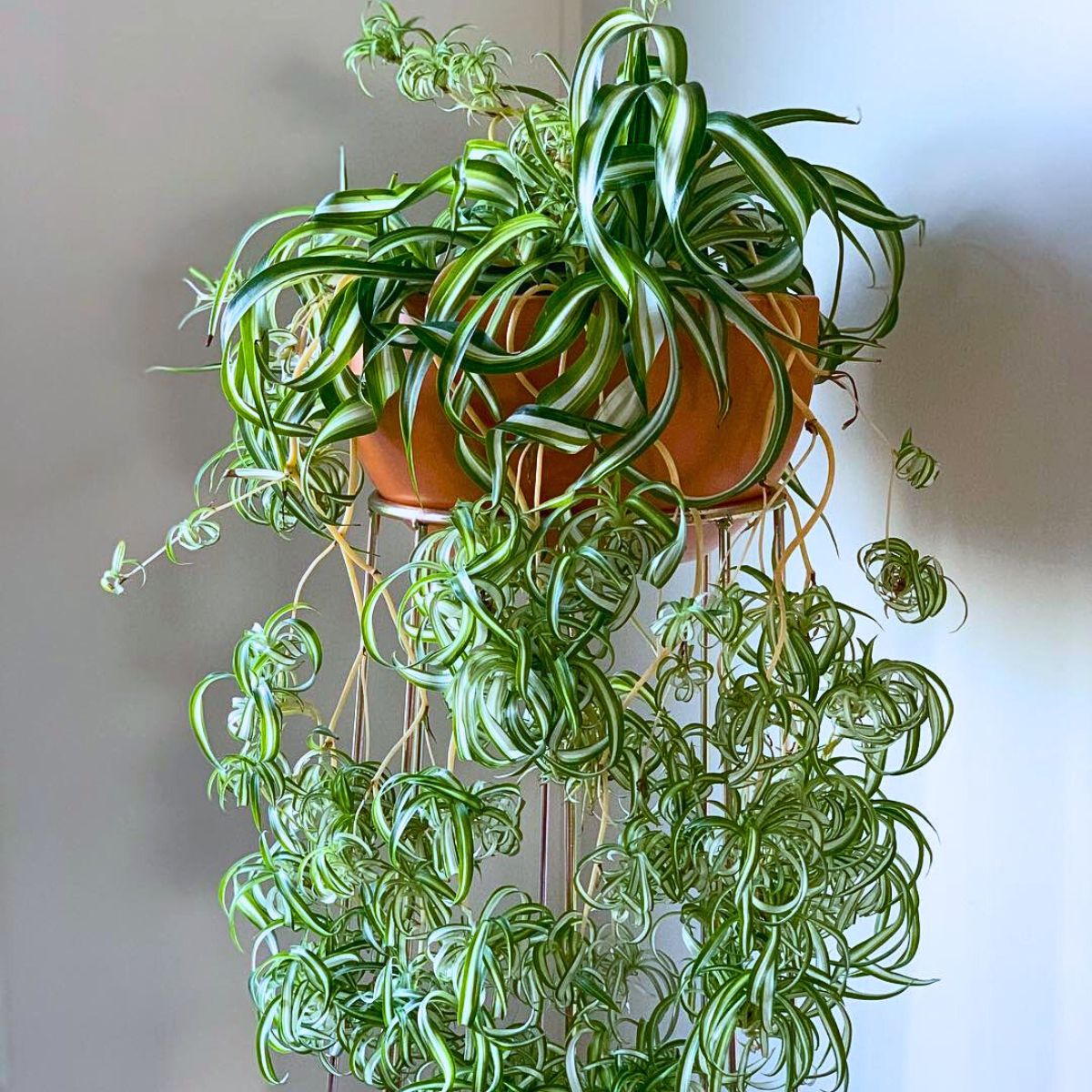
Photo by @purrfectplants
All of these three propagation methods yield good results with the spider plant. However, the easiest and fastest way is by rooting plant babies. With these seven houseplants — among several others — in mind, the right conditions in place, as well as following the right plant propagation and care regimens, you can have an endless supply of your favorite houseplants thriving in your home.
Feature and header image by freepik.





